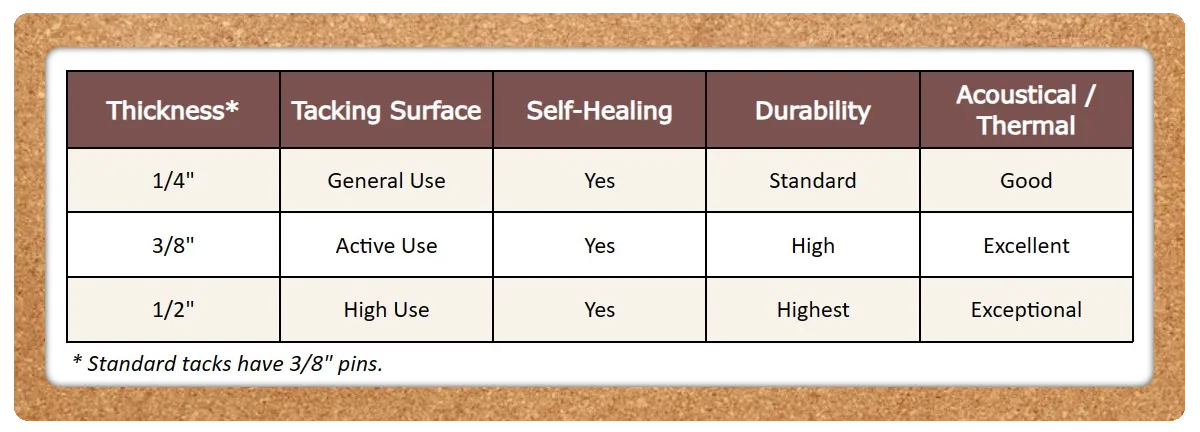A vertical cut is made in the cork, choosing the deepest crack in the cork bark. At the same time, the edge of the axe is twisted so as to separate the outer from the inner bark. The degree of difficulty of extraction can be gauged from the ‘feel’ of the axe. When the edge of the axe is applied to the strip, a hollow sound of tearing is heard if the cork is going to come off easily. If it is going to be difficult, the axe gives off a short, firm, dry sound.
Cork Harvesting
The life cycle of cork as a raw material begins with extraction of the cork oak bark. Harvesting takes place during the most active phase of growth of cork, between the middle of May or beginning of June until the middle or end of August.
It takes 25 years for a cork oak trunk to start to produce cork and be profitable. Each trunk has to reach a circumference of about 70 cm when measured 1.3 metres above ground level. From then on, the cork can be harvested from the tree for on average 150 years.
The first harvest, which is known as “desbóia”, produces cork of a very irregular structure which is too hard to be easily handled. This is the so-called virgin cork which will be used for applications other than cork stoppers (flooring, insulation etc.), since its quality is far from that necessary to manufacture stoppers.
Nine years later, the second harvest produces material with a regular structure, less hard, but still not suitable for cork stoppers – this is known as secondary cork.
It is from the third and subsequent harvests that the cork with the best properties is obtained, suitable for the production of quality corks, since its structure is regular with a smooth outside and inside. This is the so-called “amadia” or reproduction cork. From then on, the cork oak will supply good quality cork every nine years for around a century and a half, producing, on average, 15 bark harvests throughout its life.
The harvesting of the cork oak is an ancient process that can only (and should) be done by experts: the descortiçadores. Manual skill and a lot of experience is required to avoid damaging the tree.
Cork harvesting is performed in six stages:
The plank is then separated from the tree, by inserting the edge of the axe between the strip and the inner bark. The axe is twisted between the trunk and the cork strip to be extracted.
A horizontal cut defines the size of the cork plank to be removed and what is to remain on the tree. During dividing, the inner bark is frequently marked and these mutilations can sometimes alter the geometry of the trunk.
The plank is removed from the tree with care so that it does not split. The larger the planks extracted, the greater their commercial value. The removal of entire planks depends on the skill of the workers. After the first plank has been stripped, the operation is repeated over the whole trunk.
After the stripping of the planks, some fragments of cork remain attached at the base of the trunk. To remove any parasites in these “wedges”, the descortiçador gives them a few taps with his axe.
Finally, the tree is marked, with the last number of the year in which it was harvested.
Need help? Please Contact Us
How Can We
Help You Today?
- Call us:833-430-9161
- Email us:corkman@mantoncork.com
